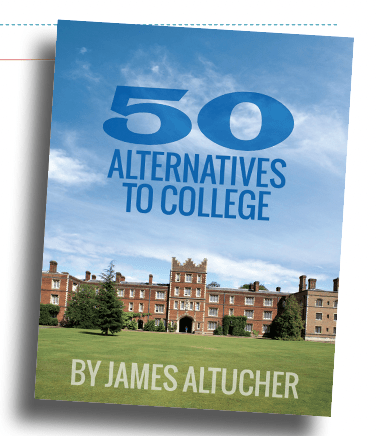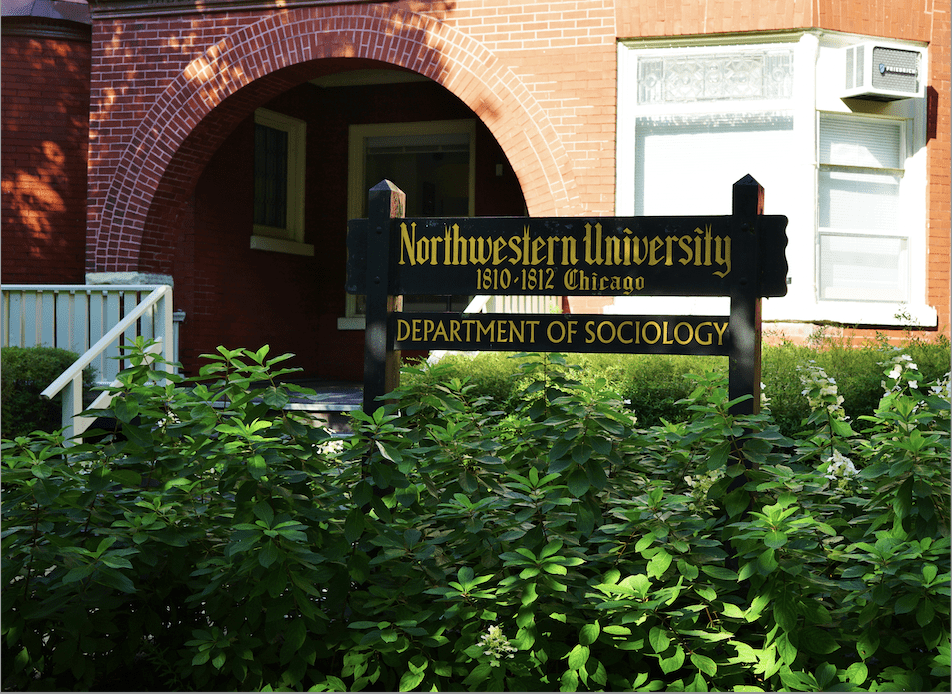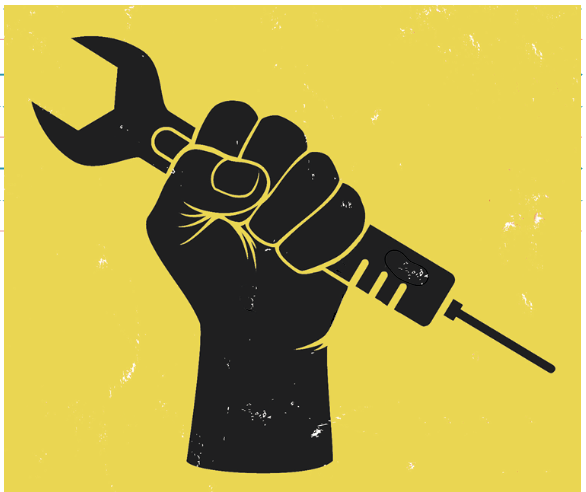Warning: A College Degree May Be Hazardous to Your Financial Health
Let the buyer beware when the product is a college degree. Even the most prestigious institutions are offering credentials that will never pay for themselves. Gender studies majors: Caveat emptor.
Dartmouth College, the No. 13-ranked national university by U.S. News & World Report, announced a seismic shift in tuition in June 2022. The school eliminated loans for entrants whose families earn less than $125,000 annually. Instead, they’ll receive scholarships.
Students who qualify won’t have to pay most of the $83,802 annual cost for tuition, room, board and other fees. That sounds like a solution to soaring education costs.
But consider this: Dartmouth has the 16th largest endowment in the United States. The school had roughly $8.5 billion in its coffers at the end of its 2021 fiscal year. The school also benefits from steep tax exemptions under section 501(c)(3) of the Internal Revenue Code and endowment tax thresholds from the Jobs and Tax Cuts Act of 2017.
So, is the endowment drawing on its sizable nest egg and tax benefits to fund this scholarship initiative?
Nope. The money came from private donors.
Roughly 450 students will enjoy the benefits. Condolences to families earning $200 over the cap. Plus, tuition will likely increase for wealthier students because this program doesn’t address the underlying reasons it’s so high in the first place.
Yes, Dartmouth is extremely expensive. But is the cost worth it… and for whom?
The affordability problem
Think of Dartmouth as a microcosm of an education system run amok around affordability and return on investment (ROI) issues. Ivy League schools have experienced the most dramatic uptick in costs over the last few decades. In short, the stunning rise in college tuition since the 1970s is due primarily to high demand and cheap access to student loans.
In analyzing the gravity of the situation, one must remember that Dartmouth sells a product (a college degree or any number of advanced degrees).
It sells these products the same way Ford Motor Co. sells trucks. The big difference is that Ford doesn’t call customers over the next 25 years after a purchase to request donations to an endowment or cash to add to its balance sheet.
Plus, Ford pays a lot more in taxes.
In April 2022, Kavya Nivarthy, a Dartmouth student who writes for The Dartmouth newspaper, argued that the school’s tax exemptions drive it to focus more closely on its financial interests than on students. That’s compelling. In the last decade, Dartmouth has dramatically strengthened its financial position while creating a student housing crisis.
In 2012, Dartmouth’s product, paid for in tuition, fees, and room and board, cost $57,996, according to The Chronicle of Higher Education. Today’s all-in cost represents a more than 44% increase in less than a decade. Also, in 2012, Dartmouth’s endowment was just $3.8 billion. Today’s figure represents a 123% leap on a minimally taxed endowment run by a school legally called “The Trustees of Dartmouth College.”
The return-on-investment problem
While affordability remains a challenge, students and parents should closely eye the ROI for every degree sold at any U.S. college or university. Government-backed loans guarantee capital for many unprofitable programs and schools, resulting in a terrible investment for taxpayers, students and society, according to Preston Cooper of the Foundation for Research on Equal Opportunity (FREOPP).
His research tabulates earnings and ROIs at ages 25, 45 and total lifetime returns.
Science, technology, engineering and mathematics (STEM) degrees offer healthy ROIs, Cooper said. Liberal arts degrees? Not so much.
Cooper tabulated expected financial earnings for more than 30,000 bachelor’s degrees in the U.S. The results reveal a major disconnect in degree-based returns from liberal arts degrees from schools like Dartmouth.
For example, a Dartmouth mathematics degree provides a lifetime ROI of $2.68 million when adjusted for completion of the degree and underlying spending. A computer science degree returns $2.11 million. An economics degree offers $1.8 million. Political science, engineering, physics and philosophy (likely feeding into law schools) generate more than $1 million in lifetime ROI.
But several other Dartmouth degrees should come with a Surgeon General’s warning based on the expected impact on one’s financial health. For example, Cooper’s data suggests the lifetime ROI for a fine arts and studio arts degree is -$172,362. Yes, that’s a negative number.
A degree in “cultural minority, gender and group studies” produces a -$107,391 ROI.
It remains uncertain whether students receive upfront financial guidance on their investment. But they should.
Still, Dartmouth isn’t alone in the vast disconnect between ROIs in STEM and liberal arts degrees.
Take Northwestern University. (Full disclosure: Several alumni work for Luckbox.)
The ROI of an industrial engineering degree from Northwestern is $1.49 million, according to FREOPP. By comparison, the ROI of a degree from Northwestern’s Medill School of Journalism is approximately $686,000. For ethnic, cultural minority, gender and group studies it’s -$276,685. Once again, that’s a negative number. And for someone in the theater and drama program—which Seinfeld’s Julia Louis Dreyfus attended—the ROI is once again more negative: -$522,273, Cooper’s data shows.
Many degrees produce negative ROI across the nation, many of them in the arts. One of the most prominent warnings about ROI in those disciplines came from a 2014 study by PayScale, a company that helps employers manage compensation and data. It showed that 20 years after completing a bachelor’s at the Maryland Institute College of Art (MICA), the average grad was more than $90,000 worse off than someone who didn’t attend college.
MICA challenged the study, but it’s hard to doubt its accuracy. In 2014, the average price of a four-year MICA degree was north of $200,000. In 2022, the cost of on-campus tuition over four years is roughly $280,000, with an additional $64,000 for room, board and other expenses. That makes the ROI for a fine arts degree at MICA -$381,503 after adjustment for completion time and total spending, according to FREOPP.
The need for a fix
So long as cheap capital remains available for students, borrowers will pump money into these schools and the schools will pad their endowments.
But students, the government and the media should consider the financial dangers associated with certain degrees that fail to provide strong returns and can leave students deep in debt for decades. The simple solution is to provide everyone involved with better financial disclosures before anyone declares a major and signs up for a loan.
Plus, there’s no reason to abandon liberal arts degrees. Universities could use their hefty endowments to fund research and provide financial support for group studies or the fine arts. But they should also explore ways to mitigate specific programs’ weak or negative ROI.
Just leave U.S. taxpayers out of it.
They’ve suffered enough.
Garrett Baldwin, a commodity and trade economist, serves as Luckbox editor at large. He actively trades value and momentum stocks and wagers on sports and prediction markets.










